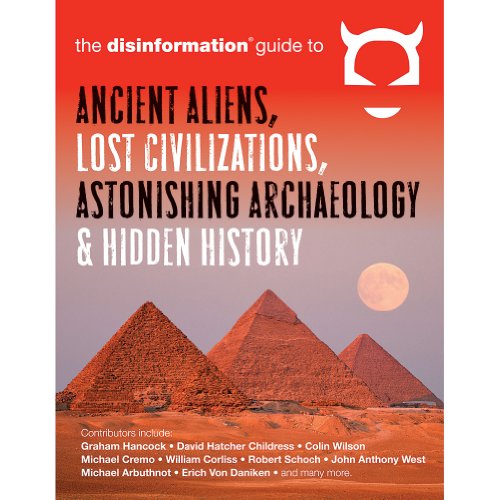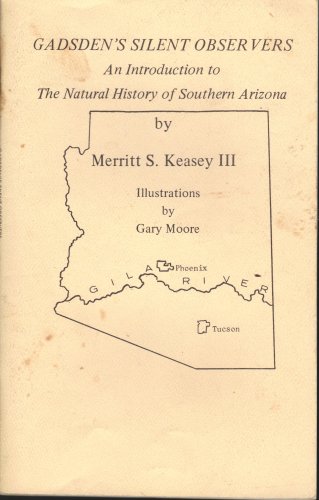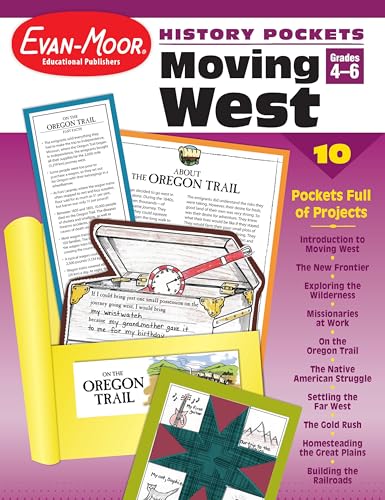This investigation of the Lower Palaeolithic site at Broom, Devon, highlights the huge potential of old sites and the importance of the archaeological and geological legacy resulting from more than 150 years of field investigations. The site, which has produced large numbers of Palaeolithic artefacts and is located in Middle Pleistocene fluvial sediments approximately 300,000 years old, is generally regarded as the most important open-air archaeological site of earlier Palaeolithic age in south-western Britain. A key source of information is the collection of C.E. Bean during the 1930s and early 1940s, combined with his compilation of an extensive documentary archive. The primary focus of the volume is the Broom site itself, seeking to explain the distinctive character of its Acheulean archaeology, the environmental conditions in which the hominin occupants of the Axe valley flourished, and for how long. The setting of the Palaeolithic archaeology within the unusual terrace deposits of the River Axe is explored and the local and global factors affecting it, including bedrock geology, tectonic uplift, climatic conditions and changing base-level, examined. The findings add significant strands to the growing understanding of Pleistocene fluvial sequences at both a national and a global scale, the nature and technological attributes of Palaeolithic assemblages and highlights the value of the data that can still be extracted from such assemblages across the Acheulean world.Table of Contents1. Introduction: compiling the Pleistocene record from the Trent2. Geology: sedimentological and geomorphological data from the TVPP3. Palaeontology: data from fossils for palaeo-environments and biostratigraphy4. Gravel extraction: history of the aggregates industry in the Trent valley5. Archaeology: the Lower and Middle Palaeolithic record from the Trent catchment6. Synthesis: the Pleistocene evolution and human occupation of the Trent

















![What Caused The Civil War: Reflections On The South And Southern History [first edition]
What Caused The Civil War: Reflections On The South And Southern History [first edition]](http://pictures.abebooks.com/isbn/9780393059472-us.jpg)



















